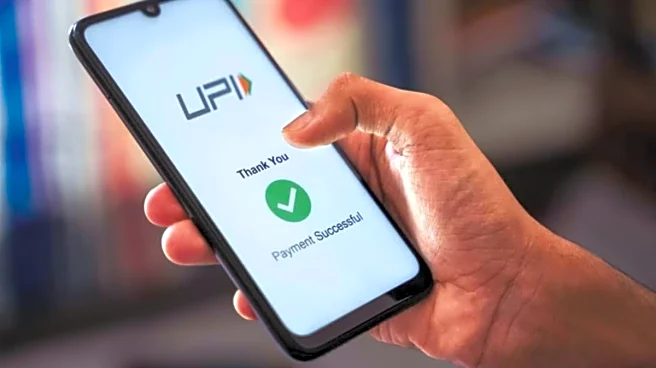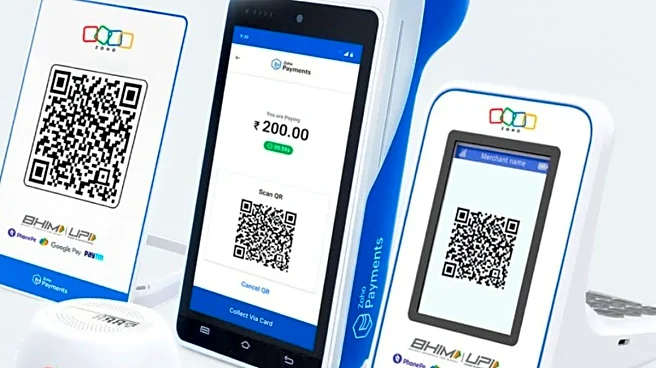The users of the popular payment interface UPI (Unified Payment Interface) will soon be allowed to use biometric or wearable glass-based authentication, including facial recognition and fingerprints, to complete payment transactions, along with the existing four/six-digit PIN method.
A string of innovations and initiatives in the UPI ecosystem was unveiled by the National Payments Corporation of India (NPCI) and the Reserve Bank of India at at the Global Fintech Fest 2025 in Mumbai, aimed at transforming payment mechanism and making it faster and hands-free.
UPI transactions will happen via biometric or wearable-based authentication. The transaction will occur on the user’s device, ensuring that sensitive data never leaves the phone.
The NPCI and
RBI also showcased a new innovation that would enable small-value transactions to be completed completely hands-free. The innovation is the UPI Lite feature for wearable smart glasses. Users can make payments through their smart glasses with just a voice command — no phone, PIN, or touch needed. A quick QR code scan is all it takes to authenticate and complete the transaction.
UPI Lite is another innovation in the UPI environment, where users can complete small-value transactions without any requirement of PIN or authentication.
NPCI Multi-Signatory UPI Feature
NPCI has rolled out a new feature on UPI that lets joint account holders make payments needing approval from one or more people. This will make it easier and clearer to handle shared accounts like family or business ones.
The system uses Aadhaar’s biometric setup, which already has people’s fingerprints, iris, and face data. This information will now help verify UPI payments. So, when someone makes a transaction, they can confirm it by scanning their fingerprint or face instead of entering a PIN.
These updates come after the Reserve Bank of India allowed new ways of authentication apart from the traditional PIN method.


/images/ppid_59c68470-image-175983506555076068.webp)

/images/ppid_a911dc6a-image-175983155004199374.webp)



/images/ppid_59c68470-image-175983754424839568.webp)





/images/ppid_a911dc6a-image-175983643835643980.webp)
